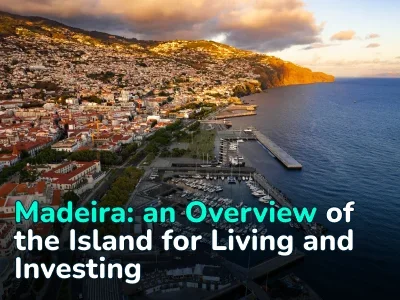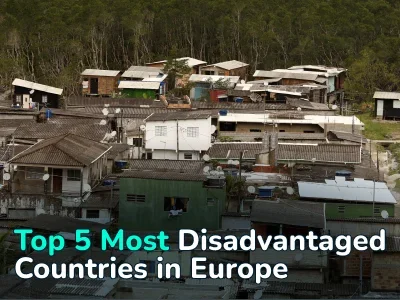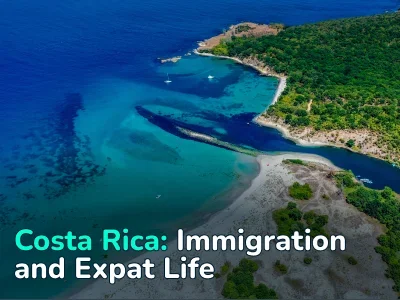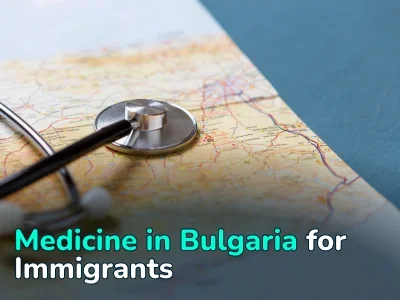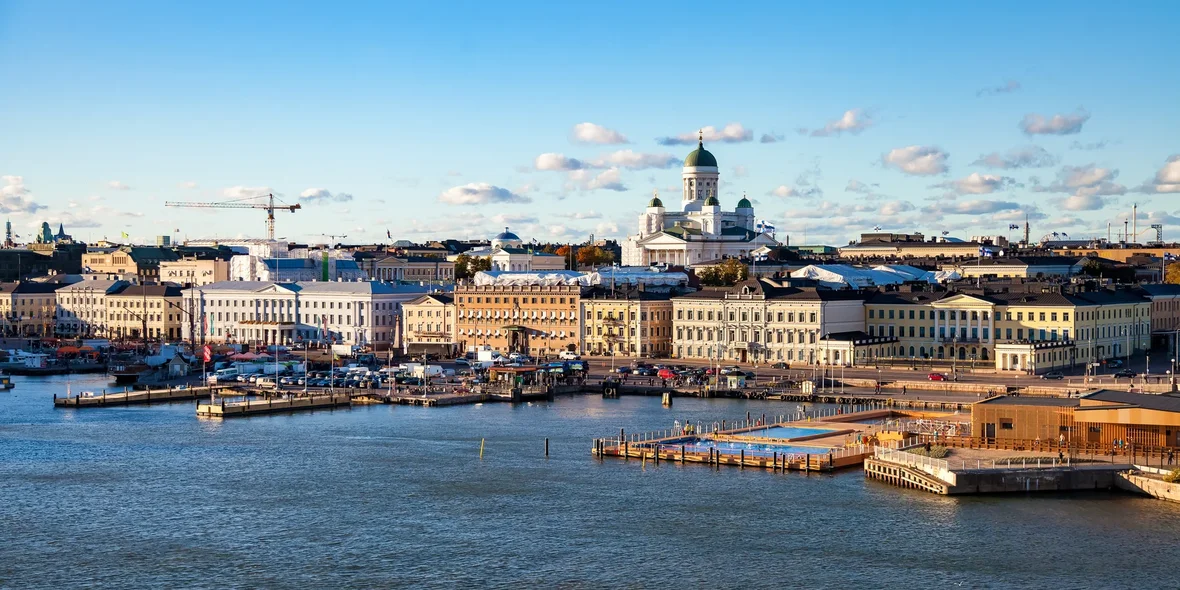
Medical System in Finland for Foreigners: How KELA Works and What to Do Without Residency
Finland’s healthcare system is widely recognized as one of the most advanced in the world. This reputation isn’t just about cutting-edge technology or unique treatments but largely about accessibility. All Finnish citizens benefit from a special social insurance, making a doctor’s visit cost around €20, while childbirth is entirely free.
However, the situation is a bit more complicated for non-residents. Their access to public healthcare is limited, and private clinics often come with hefty price tags. Foreigners also face long wait times for specialists (up to three weeks), language barriers (especially outside major cities), and a fair amount of bureaucracy.
In this article, we’ll break down the Finnish healthcare system, covering what it offers different categories of migrants and how to prepare for moving to Finland.
Overview of the Finnish Healthcare System
Finland’s healthcare is organized into three main levels and the first one is primary care (terveysasema). It provides basic healthcare through a network of local clinics, family doctors, school health centers, and workplace medical services. Every municipality has at least one clinic, and family doctors typically serve about 2000 patients each.
Secondary Care (Specialized Medical Centers) includes central hospitals and specialized medical centers, where you can see oncologists, orthopedists, neurologists, and other specialists. These centers also offer inpatient care. To access these services, you need a referral from a primary care doctor or an emergency situation. For residents covered by KELA, a specialist visit costs around €20, while non-residents might pay between €200 and €500.
Although technically parallel to the second level, the private sector is often considered a third level. It makes up about 20% of the market and matches public hospitals in terms of equipment and specialists. Wait times are shorter, but comfort comes at a price — a basic consultation in the public sector averages €20—40, while private clinics charge between €50 and €200.
KELA in Finland
KELA is the cornerstone of the Finnish healthcare system. This is shorthand for Kansaneläkelaitos (Social Insurance Institution of Finland), which not only handles healthcare but also manages pensions, social benefits, and various allowances. For healthcare, KELA coverage includes:
- Public services. Free doctor visits once annual healthcare expenses exceed €683, inpatient care (up to €48.90 per day), obstetric services, and pediatric care.
- Private clinics. Partial reimbursement (10-30%) for private medical expenses.
- Medications. Partial reimbursement of 40-60% for prescription drugs. Full reimbursement is available for certain chronic illnesses (e. g., diabetes, asthma). Over-the-counter meds (like paracetamol or aspirin) are not covered.
- Medical transport. The first €25 is paid by the patient, with the rest covered by KELA.
- Sick leave. Compensation for lost wages, typically 70% of your average salary.
Eligibility for KELA includes:
- People with permanent residency (kotikunta).
- Workers earning at least €800.02/month.
- Unemployed residents after one year of living in Finland.
- Family members of KELA holders.
- Students with programs lasting at least two years.
EU/EEA and Swiss citizens don’t receive KELA but can use Finnish healthcare through the European Health Insurance Card (EHIC). However, EHIC only covers medically necessary treatment, not planned procedures.
Those studying at Finnish universities or polytechnics are covered by the student healthcare system (YTHS) for a mandatory annual fee of €70-80. If they also have a residence permit and a job, they can apply for KELA as well.
Regardless of their status, all foreigners have the right to emergency medical care, such as treatment for heart attacks, severe injuries, or strokes. In these cases, the medical bill is sent after treatment. For those with an EHIC (EU citizens), this will be around €40, while those without any insurance might face bills ranging from €200 to €12,000, depending on the severity of the case.
Refugees and Asylum Seekers are generally covered through reception centers, where social workers coordinate basic services like check-ups, lab tests, and emergency care.
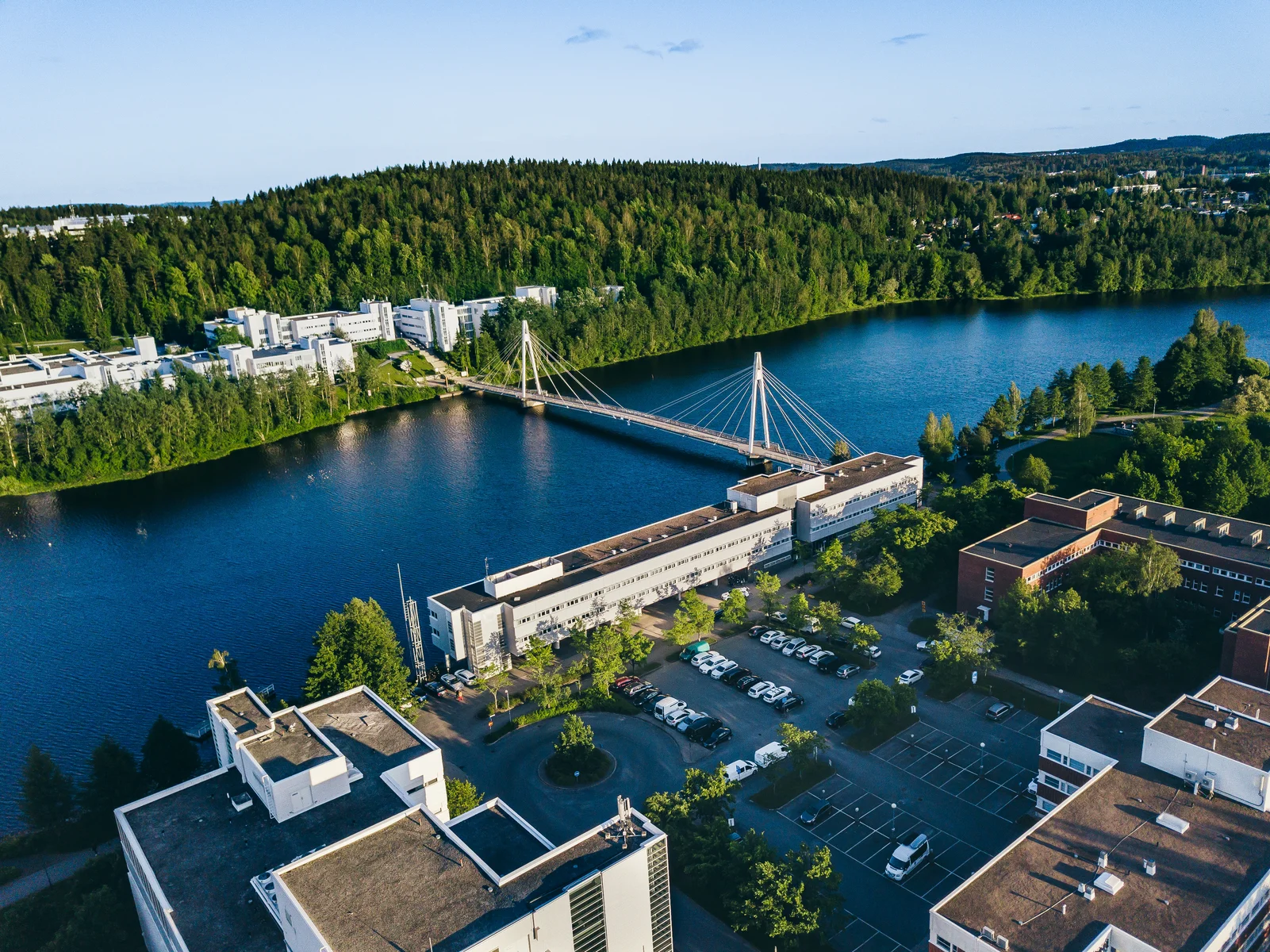
What to Know and Do Before Traveling to Finland
The first step is to get health insurance that’s valid in Finland. A 30-day policy costs about €20—50. Make sure it covers emergency care and planned treatment in private clinics. Reimbursement for prescription medications is a nice bonus, but often optional. Pay close attention to whether the insurance covers chronic illnesses, as not every provider is willing to take on that risk.
For longer stays, you’ll need a Finnish personal identification code (henkilötunnus). Without it, you can’t register in a municipality, apply for KELA, or access local benefits. You can apply for this at the Finnish Immigration Service (Maahanmuuttovirasto) or a local Digital and Population Data Services Agency (DVV) office. You’ll need a passport, a residence permit, and proof of address (e. g., a rental contract). Processing usually takes 1–4 weeks.
Finland’s healthcare system is highly digitalized, and you can access it through the Omaolo platform. It allows you to assess symptoms, get medical advice, or book appointments online. The best part? You can switch the platform to English, making it much more convenient for expats and travelers.
Even with KELA and insurance, out-of-pocket costs are unavoidable, and without them, the bills can be significant. Prepare a financial cushion for unexpected situations. Here’s a rough guide to average costs:
- Doctor’s visit €50—200.
- MRI scan €500—1500.
- Appendix removal €5000.
- Childbirth €5000-10,000.
For tourists, having €500—1000 set aside for emergency care is advisable. Those covered by KELA should still have a reserve of €200—500 for copayments.
Frequently Asked Questions About the Finnish Healthcare System
How can I get medical care in Finland without a resident status?
Migrants without resident status can’t access subsidized KELA services but can still use private clinics and healthcare centers. Emergency services (call 112) are available to everyone but are also quite expensive. EU citizens with an EHIC can get emergency care without additional insurance.
How much does medical treatment cost in Finland for uninsured migrants?
Without KELA coverage, a doctor’s visit costs €50-200, an MRI scan is €500—1500, and childbirth can range from €5000 to €10,000. Emergency care, like ambulance services and hospitalizations, can cost €200—1000, even for non-urgent cases (e. g., high fever) — around €20—50.
How can a migrant book a doctor’s appointment in Finland without speaking Finnish?
In rural areas, language can be a major barrier as most doctors only speak Finnish or Swedish. In larger cities, English is more common, but explaining specific health issues still requires some medical vocabulary, which can lead to misunderstandings. Private clinics often offer interpreter services, but these come at an additional cost.
Author
I write informative articles about real estate, investments, job opportunities, taxes, etc.

















